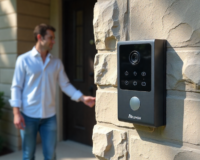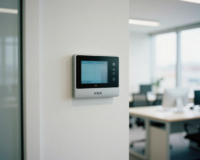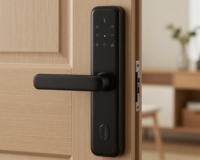In the ever-evolving landscape of smart home technology, smart sensors play a pivotal role in transforming our houses into intelligent, responsive living spaces. These sensors are the unsung heroes, working behind the scenes to enhance security, optimize energy usage, and create a seamless, interconnected environment. As we step into 2024, let’s explore the best smart home sensors that are redefining the way we interact with our homes.
Understanding Smart Sensors
Smart sensors are devices designed to collect data and monitor various aspects of a home’s environment, activities, and security. These sensors are the eyes, ears, and sometimes even the noses of our smart homes, and play a crucial role in home automation by providing real-time information that can be used to trigger automated actions or send alerts to homeowners. The goal is to create a more intelligent, responsive, and efficient living space. Let’s dive into the world of smart home sensors to understand how they work and the role they play in creating a truly connected home.
Types of Smart Home Sensors
Smart sensors come in various types, each designed to cater to specific needs and enhance different aspects of home automation. Here’s a breakdown of some common types of smart home sensors:
1. Motion Sensors: Beyond Security
Motion sensors have come a long way from simple burglar alarms. In 2024, they not only enhance home security but also contribute to energy efficiency. Advanced motion sensors can differentiate between humans and pets, ensuring that your automated lighting systems respond accurately. They play a crucial role in the smart home ecosystem, triggering actions like turning on lights, adjusting thermostats, or even alerting you to unexpected movements.
2. Smart Door and Window Sensors: Guarding Your Entryways
The security of our homes starts with the doors and windows. Smart door and window sensors have evolved to provide more than just open/close notifications. In 2024, these sensors offer insights into the status of entry points, enabling you to know not only whether they are open or closed but also if they are locked. Integration with smart locks allows for remote monitoring and control, adding an extra layer of convenience and security to your home.
3. Temperature and Humidity Sensors: Climate Control Precision
Maintaining an optimal indoor climate is essential for comfort and energy efficiency. Temperature and humidity sensors have become indispensable in achieving this balance. The latest sensors provide real-time data, allowing smart thermostats and HVAC systems to make precise adjustments. This not only enhances your comfort but also contributes to energy savings by avoiding unnecessary heating or cooling.
4. Smoke and Carbon Monoxide Detectors: Intelligent Safety Measures
Traditional smoke and carbon monoxide detectors have been upgraded to smart sensors that offer more than just loud alarms. In 2024, these devices can send instant notifications to your smartphone, providing early warnings even when you’re away from home. Integration with smart home platforms allows for automated actions, such as turning off HVAC systems to prevent the spread of smoke or gas.
5. Water Leak Sensors: Preventing Costly Damages
Water damage can wreak havoc on a home, leading to expensive repairs and potential health hazards. Smart water leak sensors act as vigilant guardians, detecting the slightest signs of leaks or excess moisture. When integrated with smart home systems, these sensors can trigger automatic shut-off valves, preventing further damage and giving you peace of mind, especially when you’re away.
6. Light Sensors: Adaptive Illumination
Smart lighting is a cornerstone of modern home automation, and light sensors play a crucial role in this ecosystem. These sensors measure ambient light levels and adjust artificial lighting accordingly, contributing to energy efficiency. Whether it’s dimming lights on a sunny day or brightening them during cloudy weather, light sensors ensure that your home’s illumination aligns with natural conditions.
7. Air Quality Sensors: Breathing Easy
In an era where indoor air quality is a growing concern, smart air quality sensors have become essential. These sensors monitor pollutants, humidity levels, and other factors, providing real-time insights into your home’s air quality. Integration with ventilation systems or air purifiers allows for automatic adjustments, ensuring that you breathe clean, healthy air within the confines of your home.
8. Occupancy Sensors: Personalized Automation
Occupancy sensors have evolved beyond simple motion detection, now incorporating advanced technologies like facial recognition and heat mapping. These sensors can distinguish between family members, allowing for personalized automation experiences. From adjusting room temperatures to setting preferred lighting scenes, occupancy sensors contribute to a truly tailored smart home environment.
Read more: Smart Home Features That Are a Must-Have for Every Room
Compatibility of Smart Home Sensors: Zigbee vs Z-Wave vs Wifi
The compatibility of smart sensors is a crucial consideration when building a connected and integrated home automation system. Three common communication protocols for smart home devices are Zigbee, Z-Wave, and Wi-Fi. Let’s explore the compatibility aspects of sensors using these protocols:
Zigbee Sensors
Pros:
- Mesh Networking: Zigbee devices create a mesh network, allowing signals to hop between devices. This extends the range and improves reliability.
- Low Power Consumption: Zigbee devices are designed for low power consumption, making them suitable for battery-operated sensors.
- Interoperability: Zigbee Alliance ensures a certain level of interoperability among Zigbee devices, promoting compatibility.
Cons:
- Limited Range: While mesh networking extends the range, individual Zigbee devices typically have a limited range compared to other protocols.
- Frequency Interference: Zigbee operates on the 2.4 GHz frequency, which may face interference from other devices using the same frequency.
Z-Wave Sensors
Pros:
- Mesh Networking: Similar to Zigbee, Z-Wave devices also use mesh networking, providing reliable and extended coverage.
- Low Power Consumption: Z-Wave devices are designed for low power consumption, making them suitable for battery-operated sensors.
- Dedicated Frequency: Z-Wave operates on a dedicated frequency (around 900 MHz in the U.S.), reducing interference from other devices.
Cons:
- Higher Cost: Z-Wave devices tend to be slightly more expensive than Zigbee counterparts.
- Limited Bandwidth: Z-Wave has lower bandwidth compared to Wi-Fi, limiting the data transfer speed.
Wi-Fi Sensors
Pros:
- Ubiquity: Wi-Fi is a widely adopted protocol, and most homes already have a Wi-Fi network, providing extensive coverage.
- High Bandwidth: Wi-Fi offers high data transfer speeds, making it suitable for devices that require significant data bandwidth.
- Easy Setup: Wi-Fi devices are relatively easy to set up, and most users are familiar with connecting devices to Wi-Fi networks.
Cons:
- Power Consumption: Wi-Fi devices generally have higher power requirements, which may not be suitable for battery-operated sensors.
- Limited Range: The range of Wi-Fi signals is influenced by the router’s range, potentially causing connectivity issues in larger homes.
Compatibility Considerations
- Hub Compatibility: Many smart home systems use a hub to connect and control devices. Check if the hub supports Zigbee, Z-Wave, or both, and whether it integrates with your chosen sensors.
- Device Interoperability: Ensure that the sensors you choose are compatible with the communication protocol supported by your smart home system or hub.
- Router Compatibility: For Wi-Fi sensors, ensure that your router is compatible and that it can handle the increased load of additional devices on the network.
- Range Requirements: Consider the size of your home and the range requirements of the sensors. Zigbee and Z-Wave’s mesh networking capabilities may be advantageous for larger homes.
- Power Source: Consider whether the sensors are battery-operated or need a constant power source. This can impact the choice of protocol.
In summary, the compatibility of smart home sensors depends on the chosen communication protocol (Zigbee, Z-Wave, or Wi-Fi) and the ecosystem you’re building. If you want a system that’s easy to install and has wide device compatibility, Wi-Fi might be the way to go. If you’re after a more secure, low-power solution, Zigbee or Z-Wave could be your best bet. The choice is yours! Checking the compatibility of devices with your chosen protocol and hub/system is essential for a seamless and integrated smart home experience.
Top 5 Z-Wave Smart Home Sensors in 2024
As we explore the realm of Z-Wave smart home sensors, let’s take a moment to appreciate the leading contenders for 2024. These sensors have established themselves in the market due to their outstanding features and unwavering reliability.
1. Aeotec MultiSensor 7
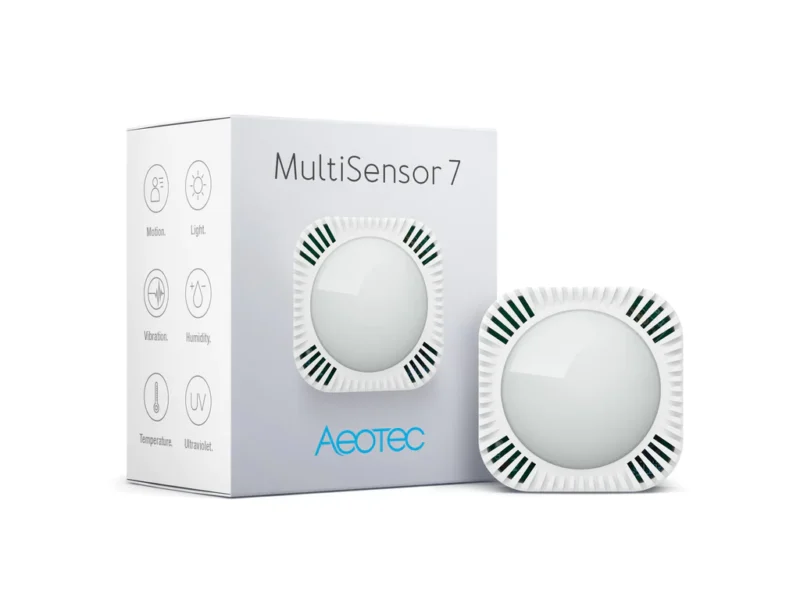
Introducing the Aeotec MultiSensor 7, a 6-in-1 Z-Wave Plus multi-sensor that combines versatility with compact design. Capable of detecting motion, humidity, temperature, light lux, UV, and vibration, this sensor truly covers all bases. Compact at just 1.8 inches, it utilizes the 700 Series Z-Wave, packing a powerful punch in a diminutive package.
2. Fibaro Multi Sensor
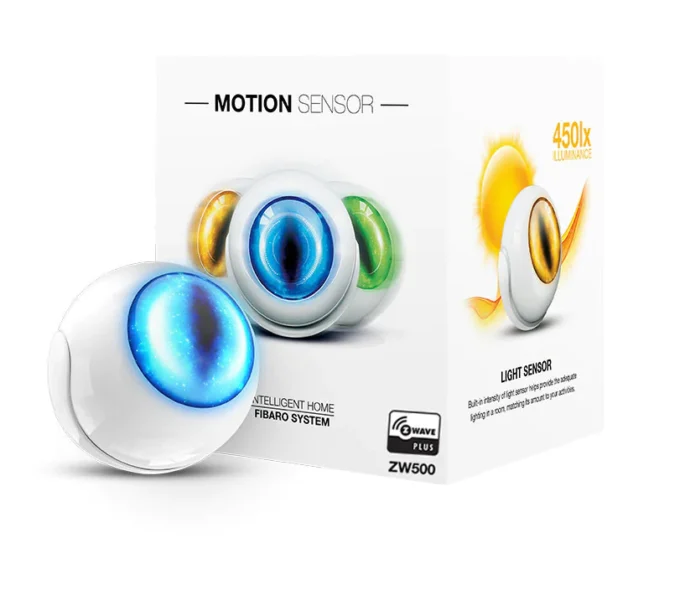
Next on the list is the Fibaro Multi Sensor, a Z-Wave sensor dedicated to detection. This wireless and battery-powered device features a smart bracket for easy attachment nearly anywhere. From motion detection to temperature sensing, this sensor proves to be a valuable addition to any smart home, detecting motion, temperature, light, and vibration. It can also be employed to trigger alarms.
3. Aeotec Door / Window Sensor 7
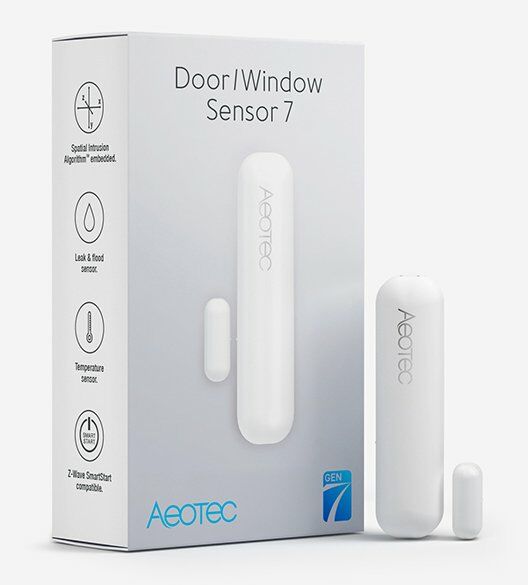
For keeping a vigilant eye on your doors and windows, the Aeotec Door / Window Sensor 7 steps in. This dependable sensor covers up to 58 inches and is compatible with Z-Wave Plus security hubs such as V1, V2, V3, Vera Plus, Vera Edge, and Vera Lite, along with SmartThings. With easy installation and no wiring requirements, it’s an ideal choice for those who prefer straightforward setups.
4. Fibaro Smoke Sensor
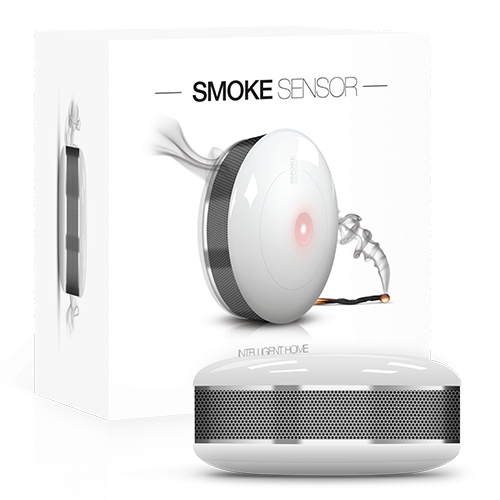
Meet the Fibaro Smoke Sensor, your home’s personal firefighter. This universal, optical Z-Wave smoke detector is ever watchful for smoke, promptly alerting you at the first sign of trouble. Designed to detect smoke particles in the air, it provides an early warning before any potential fire spreads.
5. Philio Motion Sensor PSP05 – Gen5
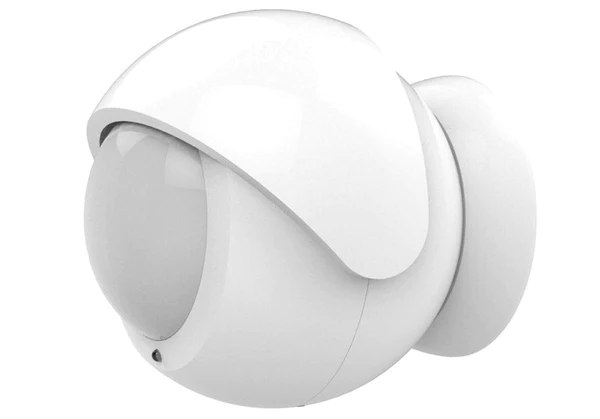
Last but certainly not least, the Philio Motion Sensor PSP05 – Gen5 stands as a Z-Wave motion sensor tailored for home security. Offering adjustable sensitivity and pet immunity, this sensor ensures the security of your home without being triggered by your furry companions. With a range of up to 30 meters and the ability to detect motion in a 120-meter range, it provides comprehensive coverage for your home’s safety.
Choosing the Right Smart Home Sensors
Selecting the appropriate smart home sensors may seem like a daunting task, but it doesn’t have to be overwhelming. The key lies in understanding your needs and aligning them with your smart home system’s objectives. For instance, if you aim to monitor temperature and humidity levels, a temperature sensor would be a suitable choice. Alternatively, if pet or elderly monitoring is a priority, a motion sensor might be more fitting.
Once your requirements are identified, it’s time to delve into compatibility considerations. Do the sensors necessitate their native hubs and bridges to interact with smart home hubs like SmartThings and HomeKit, or can they directly connect with these hubs? This is pivotal, affecting the ease of sensor management and integration with existing smart home devices.
Lastly, installation and maintenance should not be overlooked. While most smart home sensors are user-friendly to install and require minimal maintenance, periodic checks are advisable to ensure proper functionality and connection to your smart home hub.
Integrating Smart Home Sensors into Your Smart Home System
Now that you’ve chosen your smart home sensors, the next step involves seamless integration into your smart home system. The process is simpler than you might think. A control center, typically a smart home hub, serves as the conduit for proper integration and monitoring.
When incorporating sensors into your existing system, ensuring their connection to the smart home hub is crucial. This enables them to transmit readings to the hub, providing centralized monitoring and control. Additionally, consider the compatibility of your sensors with your current system, ensuring alignment with platforms such as Amazon Alexa if you use them.
Ultimately, integrating smart home sensors into your system streamlines your life. These sensors work harmoniously with other smart devices, enabling you to control lighting, adjust temperatures, monitor security, and more—all from a single, centralized location.
Maximizing Sensor Efficiency
Owning smart home sensors is one thing, but ensuring optimal efficiency is another. To maximize sensor efficiency, strategic placement is key. This involves situating motion sensors at the appropriate height and angle, preferably in corners or near valuables.
Regular maintenance is equally essential to guarantee proper sensor function. Regular checks ensure seamless connections to the smart home hub, accurate readings, and cleaning to prevent potential damage.
By correctly placing, maintaining, and routinely checking your sensors, you can ensure they operate at their best. After all, smart home sensors serve as your home’s sixth sense, and maintaining their A-game is paramount.
Summary
Smart sensors are the backbone of a connected and intelligent living space. They collect data, communicate with other devices, and enable automation that enhances security, comfort, and efficiency. As technology continues to advance, we can expect even more sophisticated sensors to emerge, further refining the way our homes respond to our needs. Understanding the role of these sensors is key to unlocking the full potential of a smart home and enjoying the convenience and peace of mind they bring to our daily lives.


